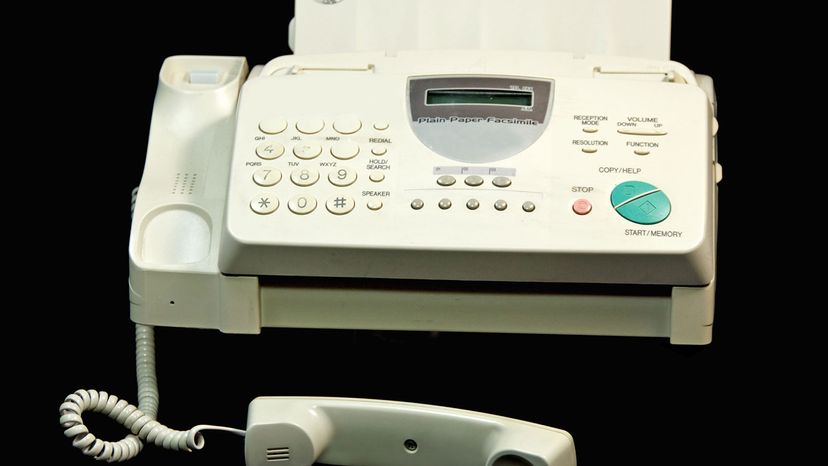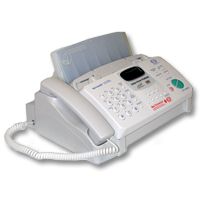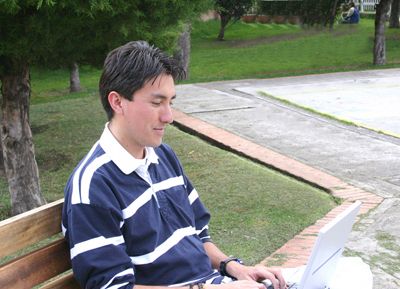
In 1878, Alexander Graham Bell filed a patent for a history-altering device called the electronic telephone. But what many people don't know is that the patent for another amazing communications tool – the fax machine – was filed by a Scottish clockmaker named Alexander Bain three decades earlier.
That's right, fax machines predate even rudimentary telephones. And with cockroach-like survivability that makes very little sense from an evolutionary standpoint, the fax machine lives on, beeping and wheezing up sheets of paper the world over. The question is ... why?
Advertisement
To understand, it helps to a know a bit about the facsimile machine's place in history. Although the technology had been around for decades, it wasn't until the 1939 New York World's Fair that fax machines first seized mainstream recognition in the United States. There, attendees stood slack-jawed in amazement as they viewed images and text arriving from around the world at 18 sheets per minute.
The machines were simply too expensive for everyday use, though. Even in 1982, one standalone fax machine sold for a whopping $20,000, far too pricey even for most businesses, much less individual consumers. It wasn't until later in the 1980s that the cost of the machines dropped to a point that businesses and home offices found them useful, notably for documents that required legal signatures.
Copied signatures, as you can probably guess, were a source of controversy for years, as legal professionals argued about the validity of documents that arrived via phone lines. However, as court after court confirmed the validity of faxed signatures, doctors, lawyers, financial gurus, and other professionals began to rely on faxes to transmit paperwork all over the place.
Thus entrenched in the workflow and minds of countless millions of people, the late '80s saw a dramatic rise in the number of fax machines. America had only around 300,00 of the contraptions in the middle of the '80s. By 1989, there were more than 4 million. The fax machine's heyday was at hand.
The faxing process is one that billions of people have ingrained into their consciousness. Place a signed document on the machine. Punch in the destination phone number. Hit the green button, and minutes later, your paperwork is in the hands of a colleague on the other side of town – or on the other side of the continent. As long as the fax machine has paper, the cartridge is not out of ink and nothing has gotten stuck in the transmission process.
In the mid-1990s, another history-changing technology exploded in use – the internet, which provided people with ways to instantly send text, pictures and documents, without the use of paper. With the advent of widespread email, it seemed that fax machines were doomed.
Only, they weren't.
Advertisement

